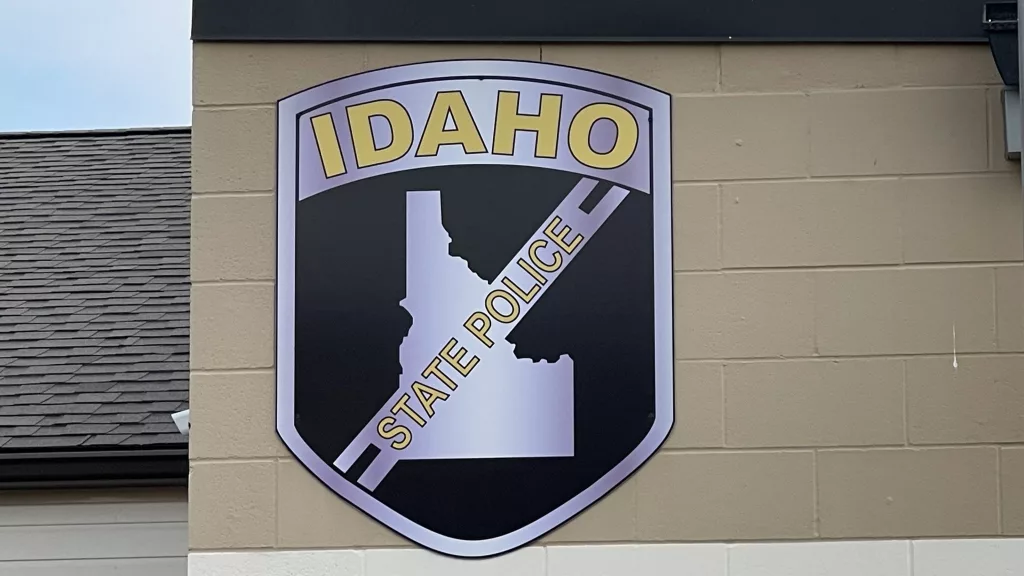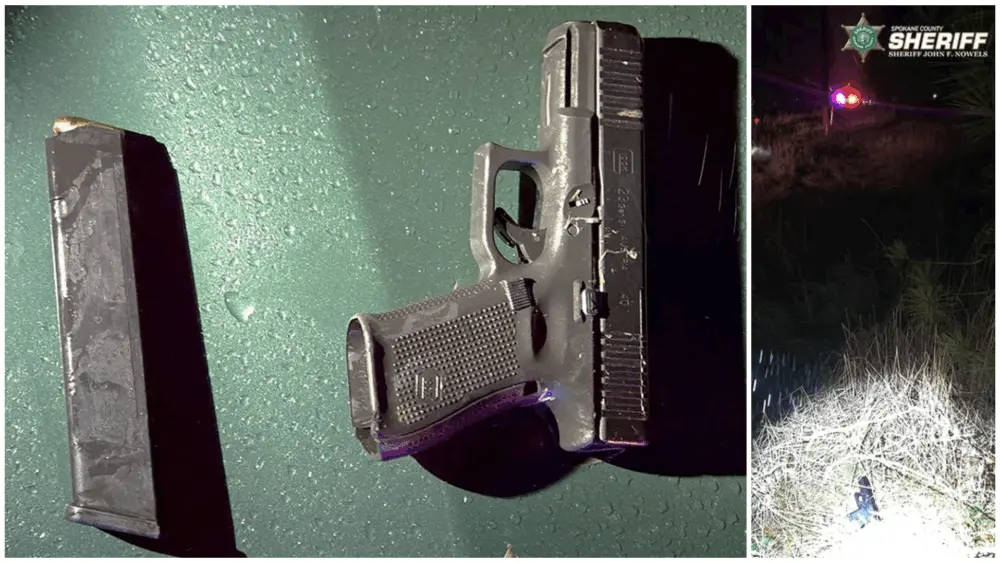MERIDIAN, ID – In response to a recent surge in mobile phone alerts for missing individuals, the Idaho State Police (ISP) has issued a public statement explaining how and why alerts are sent—and why not all missing person cases trigger them.
While Idahoans may have noticed more notifications lately, ISP emphasized that each alert follows a strict set of legal and policy guidelines. According to ISP, alerts are not automatically issued for every disappearance. Instead, they are distributed only after an investigating local or tribal law enforcement agency determines that a case meets specific criteria.
“The Idaho Missing Persons Clearinghouse (IMPC) does not investigate cases,” said Kara Kelley, IMPC Coordinator. “We issue alerts when requested and ensure they are delivered quickly and clearly, but we don’t decide when or for whom those alerts go out.”
There are three main types of alerts used in Idaho:
-
AMBER Alerts – For abducted children under 18 when there is credible information suggesting danger of serious harm or death, along with identifiable details about the child or abductor.
-
Endangered Missing Person Alerts – For individuals of any age who are believed to be in danger due to medical or mental health conditions, cognitive impairment, suspicious circumstances, or certain types of abduction that don’t meet AMBER criteria.
-
Blue Alerts – For law enforcement officers who are injured, killed, or missing in the line of duty and believed to be in danger.
ISP notes that while fast communication is vital, overuse can lead to alert fatigue among the public. “If every case triggered an alert, people might begin to ignore or disable them,” Kelley said. “That defeats the purpose.”
The IMPC, established in 1999, plays a support role across the state—maintaining data, training law enforcement, and coordinating with national organizations like the National Center for Missing and Exploited Children.
ISP also reminds the public that there is no waiting period to report someone missing in Idaho. Anyone with concerns should immediately contact their local law enforcement agency.
More details about alert types and criteria can be found at isp.idaho.gov/alerts.





